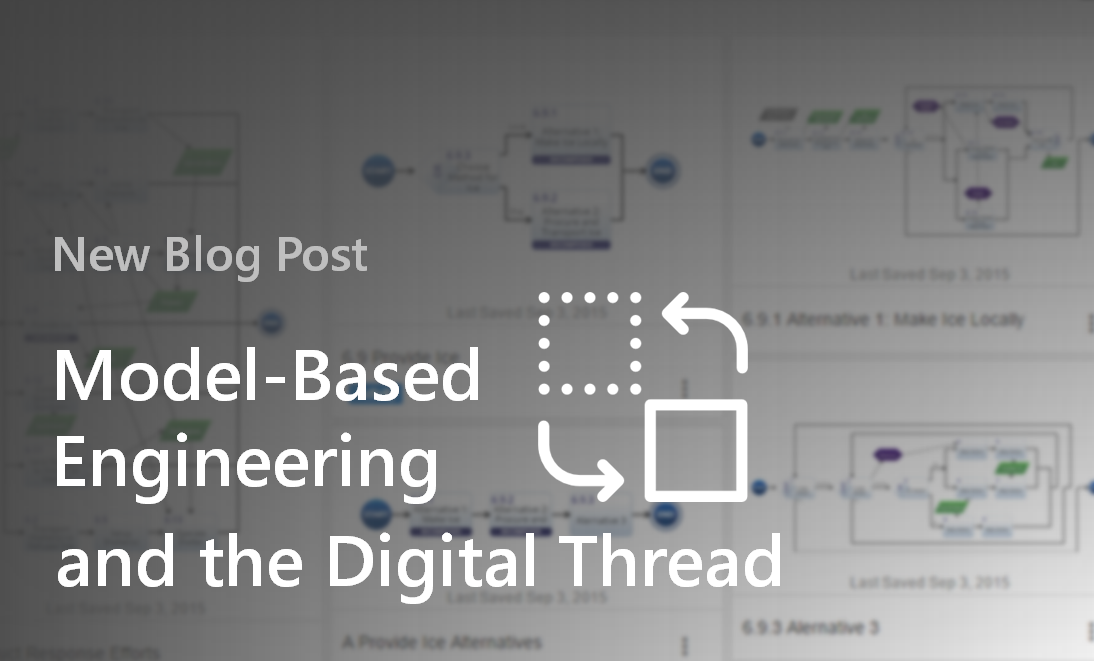The change management application breaks into three parts. There is our CMII compliant change package that is the most comprehensive. It includes the PR, ECR and ECN processes which are typical industry standards. We also have a midline called the Express package that includes the ECO, DCO and something new called the EDR. And finally, we have a simplified version that moves the change process along much more rapidly. An important enhancement we just released is the Impact Matrix. The current tool gives users the ability to see the impact of their proposed change. So, if they were releasing say a part, they would be able to see the possible impact on other parts or assemblies. With our upgrade they could also see what models, drawings, and/or documents might be affected. Instead of a user having to dig through the various relationships, the Impact Matrix does that work to help the user make a decision.
Read More





